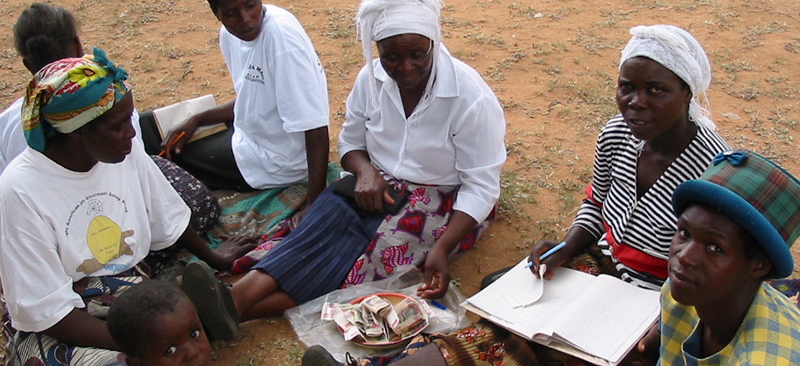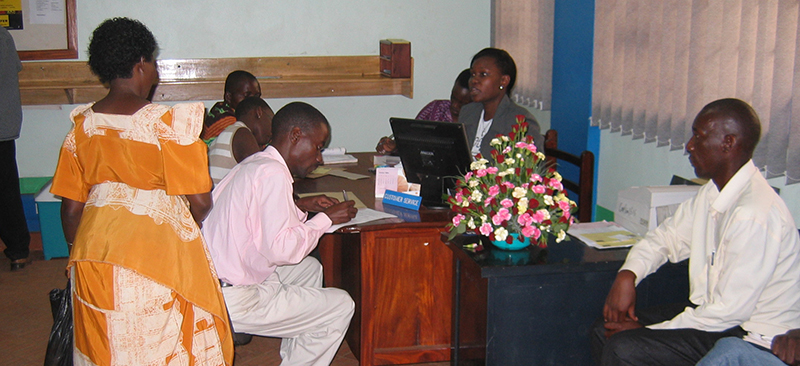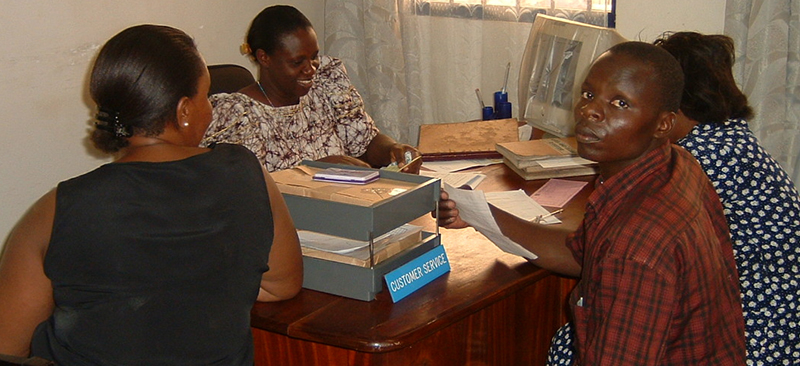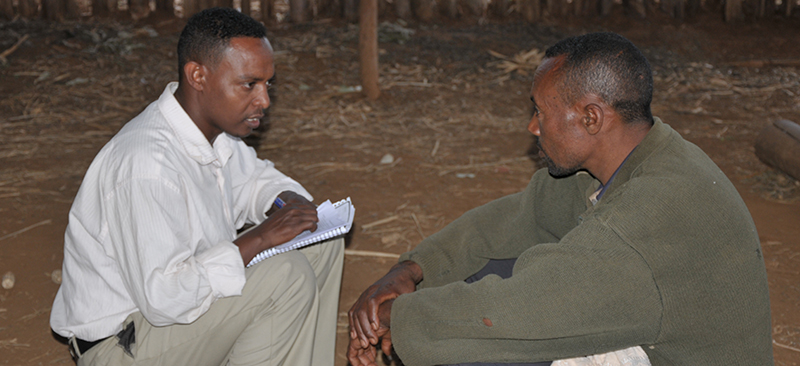This research paper seeks to explore the options left to clients in the absence of user-owned and managed MFIs, and the clients’ perceptions and attitudes towards this possibility. It explores the entire financial landscape ranging from the informal, semi-formal to formal institutions.
It looks at the losses incurred by poor in the informal sector and attempts to understand the dynamics of the risk in order to develop appropriate policies and regulations governing financial services for the poor. This paper focuses on the comparative risk and describes functional issues only as they influence the relative safety of the users’ money and offers a range of suggestions drawn from discussions with clients and microfinance practitioners.





